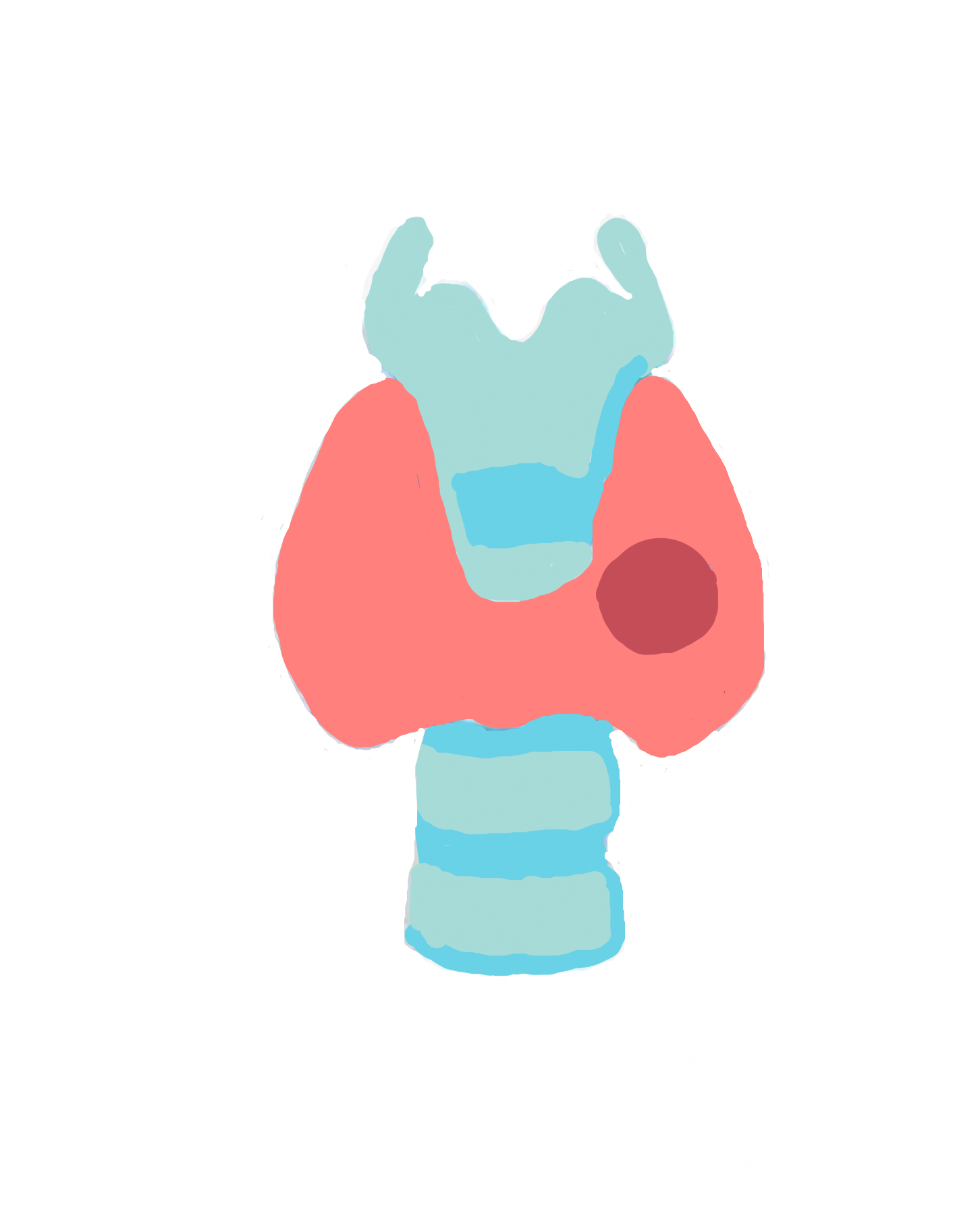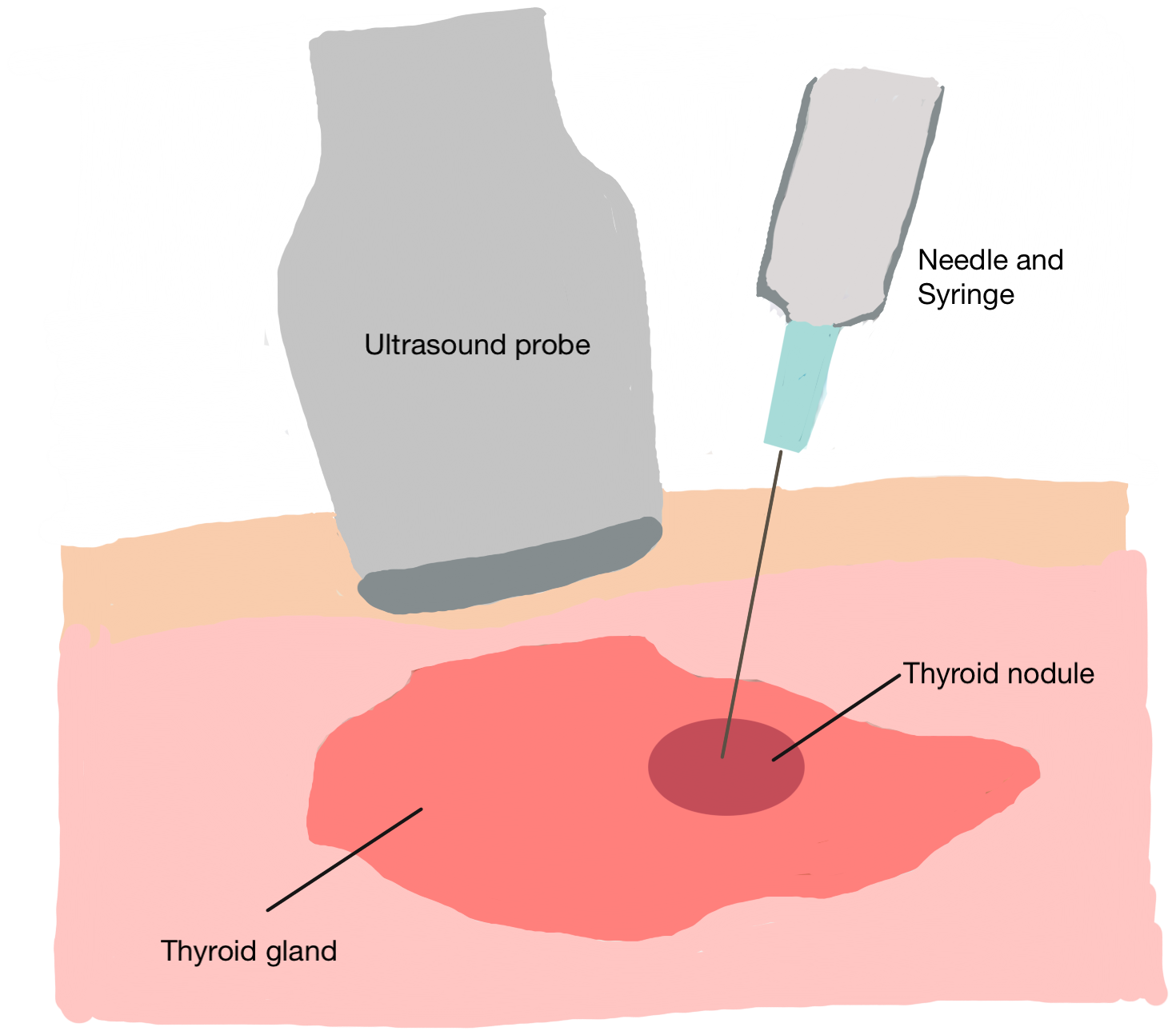Cancerous thyroid lumps should be removed surgically also known as a thyroidectomy. Depending on the size, location, and number of nodules, your doctor may recommend removing half of the thyroid gland or the entire thyroid gland. If lymph nodes are involved, a procedure called a neck dissection may be required to remove these lymph nodes in a systematic manner.
The most significant risk of thyroid surgery is injury to the recurrent laryngeal nerve. This nerve controls the movement of the vocal cord which may affect both the voice and breathing. If the entire thyroid gland needs to be removed, calcium levels may also drop after the operation and require replacement.
Post-operatively, radioactive iodine (RAI) may need to be administered. This is a form of targeted radiotherapy which helps to remove any remnant thyroid cells in the body. It is a non-invasive treatment that is administered orally.
After treatment is completed, you will have regular follow-up sessions with a head and neck cancer specialist. The specialist will perform regular examinations, blood tests, and ultrasounds to ensure that the disease is well controlled.

















